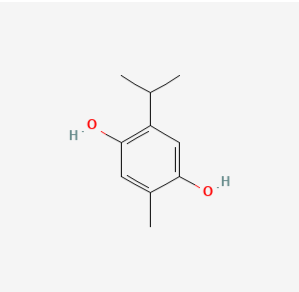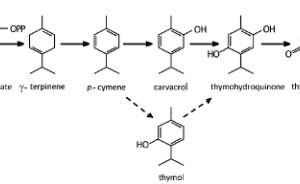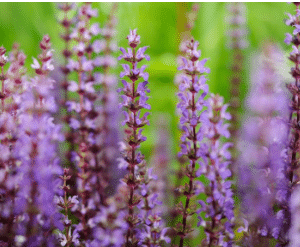Thymohydroquinone is a naturally occurring chemical compound that can be isolated from plants and used as a medicament.
What is Thymohydorquinone?
Thymohyrdroquinone is a derivative of Thymol which is a flavour producing compound usually isolated from plants like thyme and oregano which belong to the Lamiaceae family. It is defined as monoterpene alcohol. Thymohydroquinone has the following characteristics in the context of health and medicine:
- Antiviral properties.
- Antimicrobial properties
- Anti-spasmolytic properties
- Antitumor properties
It is important to note that it is these properties that render the use of thymohydroquinone incredibly useful in the fields of cancer treatment and treatment of respiratory infections. Also, the fact that it is a naturally occurring chemical compound makes it stand out in the pharmaceutical market as there is a growing demand for natural treatments and medications.
Biochemical structure and function:
Thymohydroquinone is derived from Thymol (through a reduction reaction) while also being the precursor for Thymoquinone (through an oxidation reaction). It is also classified as a chemical irritant. Through various biochemical assays, it has been concluded that Thymohydroquinone possesses the ability to inhibit the growth of human cells, hence, making it the focus of cancer therapy as it might possess the potential to curb metastasis of cancer cells in the body.
Structure of Thymohydroquinone
Biosynthesis of Thymohydroquinone:
Thymohydroquinone is produced as a by-product of the reduction of Thymol. This reduction reaction is catalysed and regulated by a cytochrome found in the plants of the ‘mint family’. Thymohydroquinone is found in abundance in mature leaves and stems and found in the least amount in young leaves and inflorescences. This can also be confirmed using GCMS (Gas-Chromatography, Mass spectroscopy).
Reduction pathway of Thymol
The Lamiaceae family:
This family consists of flowering plants that are usually cultivated for their herbal and decorative characteristics. They are also known as “Sage” plants and are characterised by their aroma, colour and medicinal properties. Some commonly grown herbs that belong to this family are oregano, thyme, lavender, and basil.
They can be easily cultivated by vegitiative propagation (stem cuttings) and are also grown for flower arrangements and decorative foliage. The oils produced by these plants are used for aromatherapy and ayurvedic treatments and are commonly referred to as “essential oils”.
Lavender plants
Potential benefits of Thymohydroquinone:
This compound has been recently subjected to a multitude of pharmaceutical studies due to the following reasons:
- It is highly soluble in water.
- It is readily absorbed in the gut.
- When taken in regulated doses, it does not produce any side effects.
- It can by-pass drug-hindering barriers and thus be used as a therapeutic.
- It possesses neuroprotective abilities and, in some cases, also exhibits antidepressant-like effects.
- It affects the physiology of the brain and can prevent cognitive decline.
Limitations:
Thymohydroquinone doses were injected into rodent models and their study was used to conclude that high doses of this compound can cause hepatotoxicity and, in some cases, even induce cardiac arrest and arrhythmia.
Conclusion:
Thymohydroquinone is a naturally occurring chemical compound that when altered slightly can be used as a potential antiviral and antitumor drug. It possesses several medicinal properties which make it highly suitable for the treatment of the novel Coronavirus. Ongoing studies have shown that this compound improves immunity and due to its antiviral properties can be used to curb the spread of SARS-COV-2 in the human body thereby reducing the virality of the infectious pathogen.
It is also important to note that Thymohydroquinone is a major focus of cancer treatment studies and can even be thought of as a potential cure. Apart from its medicinal properties, it is also an aromatic compound that is commonly employed in aromatherapy.
24/05/2022









